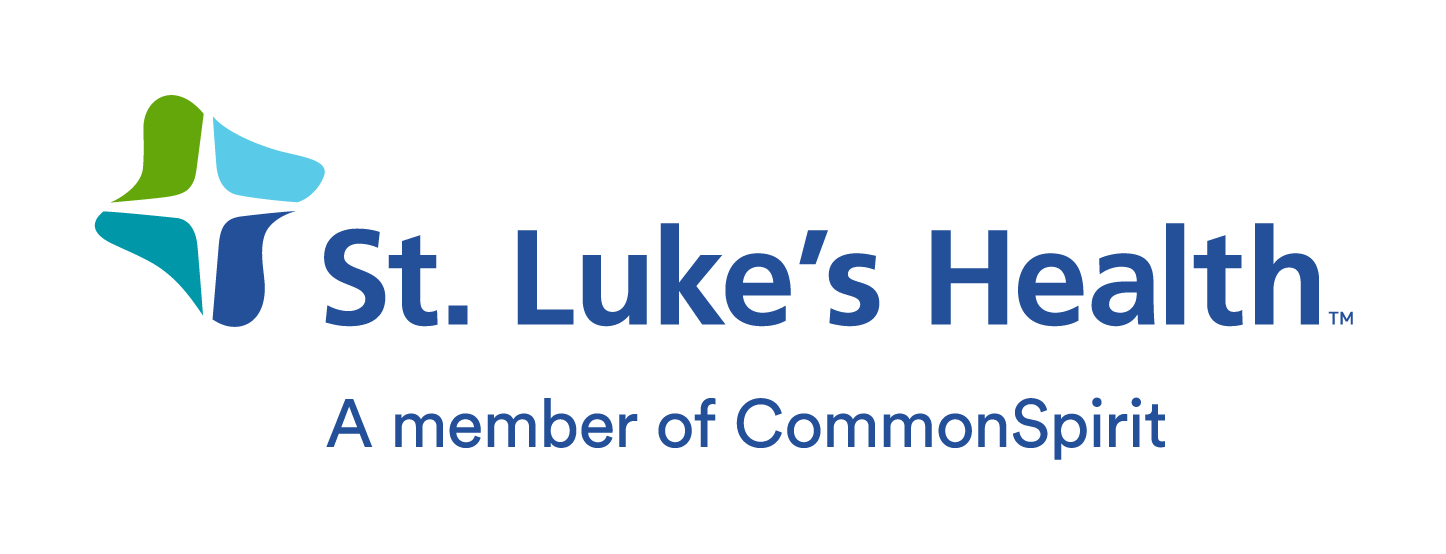Each chamber is equipped with its own television so that you can watch TV or a movie during your treatment. You may not bring anything in the chamber with you, including books and newspapers. Many patients simply use this time to catch up on some well-deserved rest.
Hyperbaric oxygen therapy is painless. Some patients experience discomfort during the pressurization phase of treatment (at the beginning). The slow increase in pressure inside the chamber increases the air pressure on your eardrums, creating a sensation similar to what you might experience when landing in an airplane or diving to the bottom of a swimming pool. Our technicians will instruct you about different methods of relieving this ear pressure.
St. Luke's Health Wound Care Clinics have very strict procedures that assure your safety and make your treatment as comfortable as possible. Before beginning your first session, you will be given a thorough orientation to help you fully understand the whole treatment process.
The number of treatments you receive will depend on your specific problem and your body’s response to therapy. Each session usually lasts 90-120 minutes, and treatments are most effective if given consecutively. Therefore, patient commitment isvital to the healing process.
Here are some factors in determining how many treatments you will need:
- Long standing infections and other wounds may need 20 to 60 treatments over the course of several weeks.
- Outpatients will be treated once daily, five days per week.



